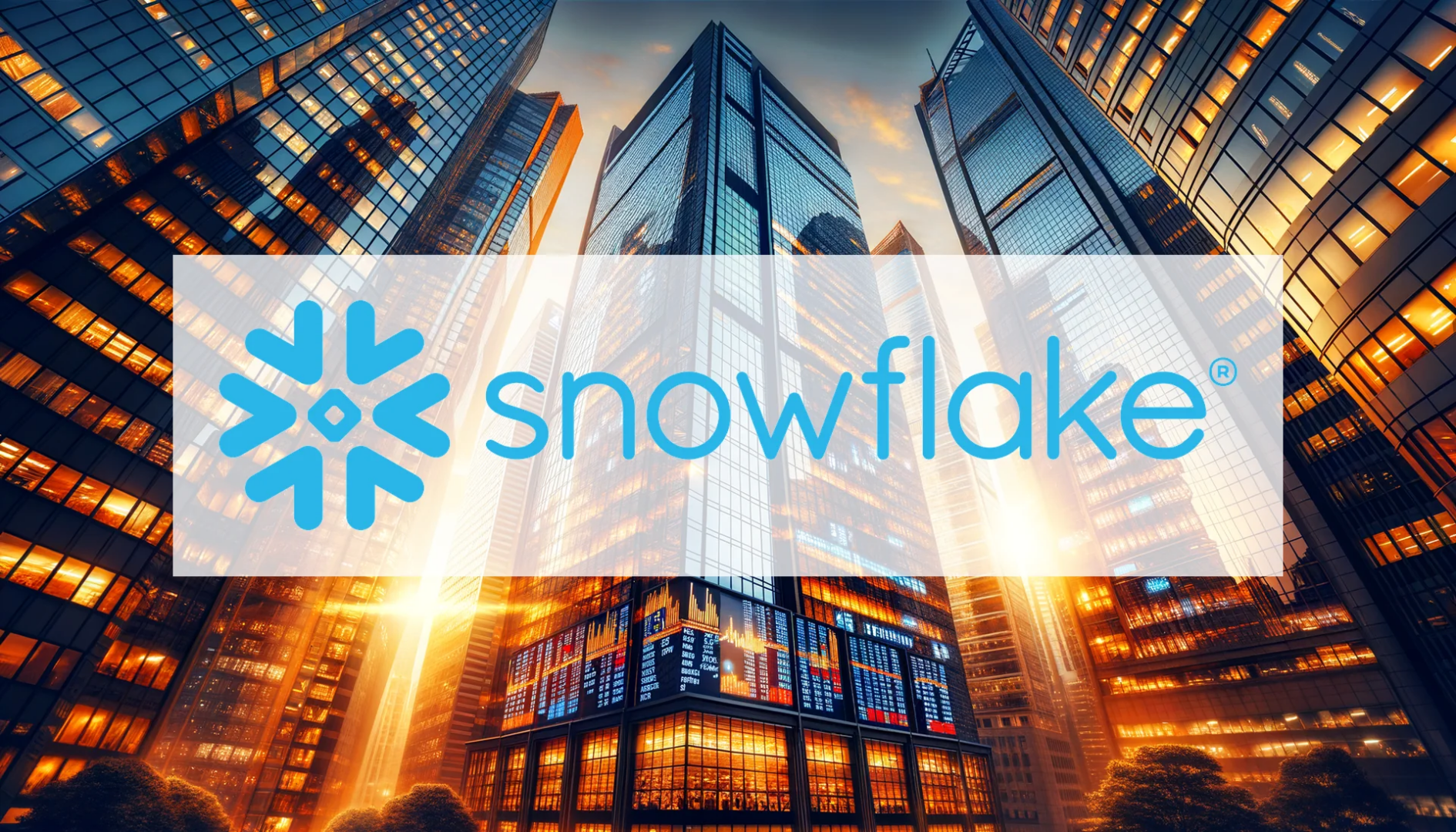Snowflake finds itself at a pivotal juncture, simultaneously navigating a significant leadership transition and launching major strategic artificial intelligence initiatives. However, this public display of transformation is contrasted by substantial stock sales from the company’s top executives, creating a complex picture for investors.
Executive Changes and a Wave of Insider Selling
The company’s C-suite has seen a notable changing of the guard. On September 22, 2025, Brian Robins officially stepped into the role of Chief Financial Officer, taking over from Mike Scarpelli, who moved into an advisory capacity. Robins brings financial leadership experience from his tenure at GitLab, a move interpreted by markets as Snowflake’s commitment to maintaining fiscal discipline even during a period of aggressive growth investment.
This carefully orchestrated leadership handover, however, is accompanied by a notable trend of insider stock disposals. Recent regulatory filings reveal that several key executives have been reducing their holdings:
* Christian Kleinerman, Executive Vice President of Product, sold shares valued at more than $600,000.
* Benoit Dageville, President of Products, disposed of approximately $200,000 worth of equity.
* Emily Ho, the Chief Accounting Officer, had vested stock shares withheld to cover tax obligations.
Collectively, insiders have sold nearly $30 million in stock over the past month without making a single purchase.
A Dual-Pronged AI Strategy to Secure Market Position
Amidst these internal shifts, Snowflake is aggressively advancing its strategic focus on AI. The company is betting on two key initiatives to solidify its ecosystem. The first, dubbed “Snowflake for Startups,” is designed to assist entrepreneurs in building enterprise-grade AI applications directly on its data cloud platform. A significant perk of the program includes facilitated access to venture capital investors and co-working spaces within the new Silicon Valley AI Hub.
Should investors sell immediately? Or is it worth buying Snowflake?
Perhaps even more ambitious is the Open Semantic Interchange (OSI) initiative. In collaboration with partners including Salesforce and BlackRock, Snowflake is working to establish an open standard for business semantics. The goal is to address a fundamental challenge in the AI era: the problem of fragmented and incompatible data across enterprises.
Interpreting the Contrasting Signals
The strategic moves clearly signal Snowflake’s ambition to be a foundational architect of the AI ecosystem, not merely a participant. By attracting developers early and attempting to set industry-wide data standards, the company aims to secure a dominant long-term position.
The flurry of insider sales, however, introduces an element of skepticism. It raises a critical question for the market: are these simply routine transactions and profit-taking following a impressive 87% stock price surge over the last twelve months, or do they hint at private concerns not yet reflected in the public narrative?
Currently trading about 8% below its record high, the stock appears to have room for further gains if the AI strategy delivers. Nevertheless, the divergence between the company’s public confidence and the executives’ apparent caution remains a striking feature of Snowflake’s current story.
Ad
Snowflake Stock: Buy or Sell?! New Snowflake Analysis from December 26 delivers the answer:
The latest Snowflake figures speak for themselves: Urgent action needed for Snowflake investors. Is it worth buying or should you sell? Find out what to do now in the current free analysis from December 26.
Snowflake: Buy or sell? Read more here...










